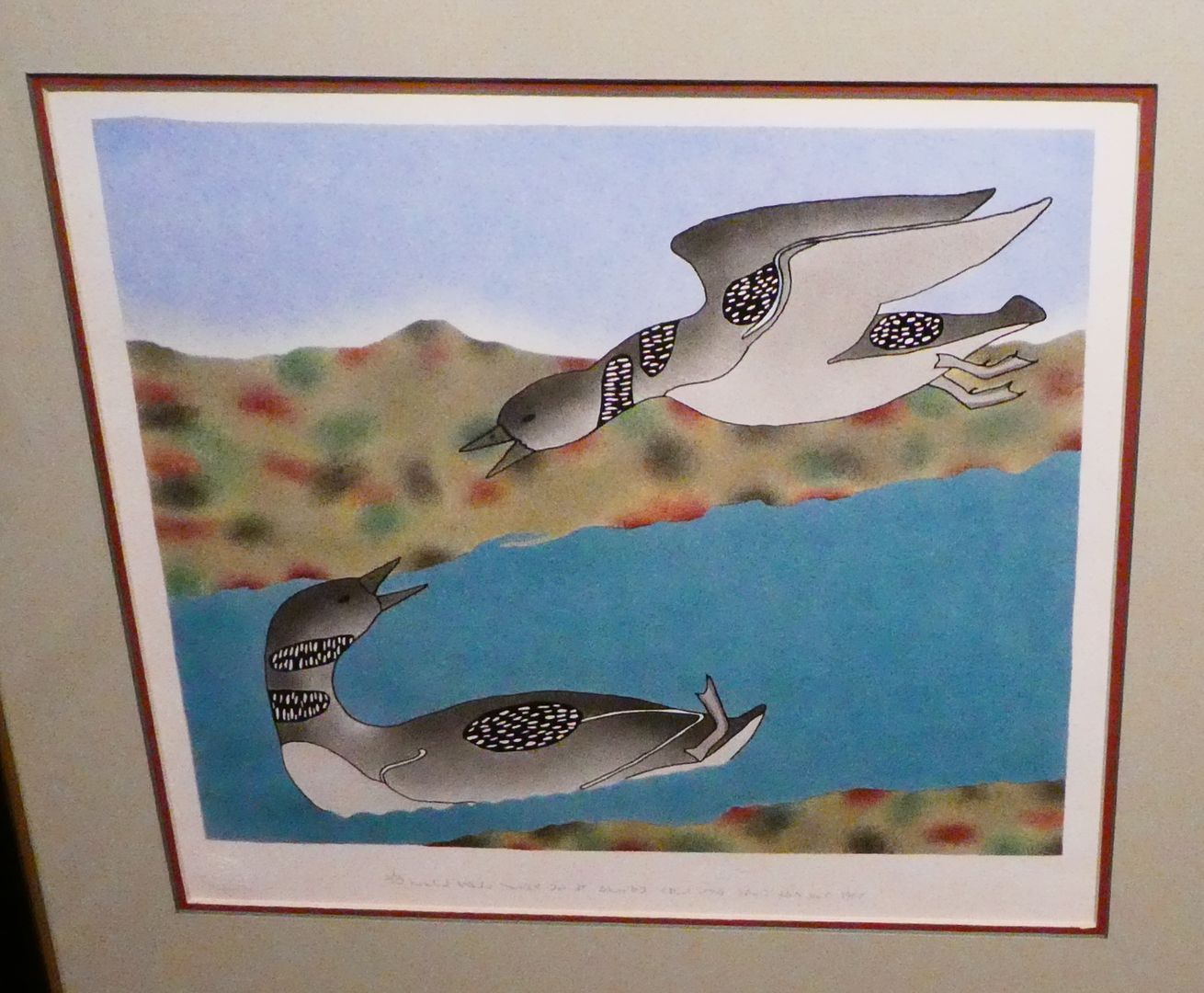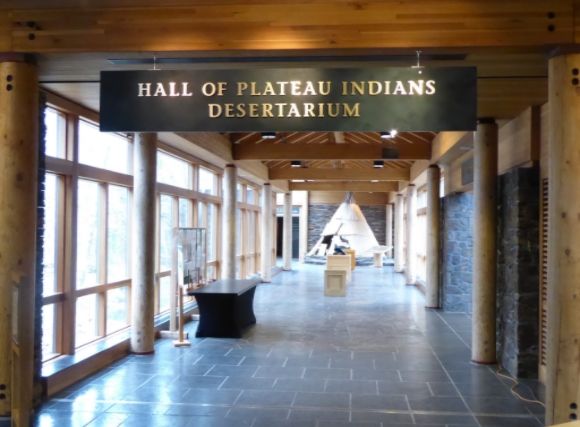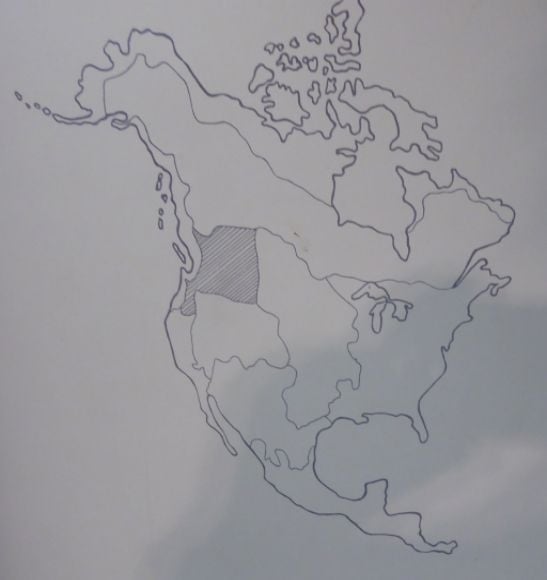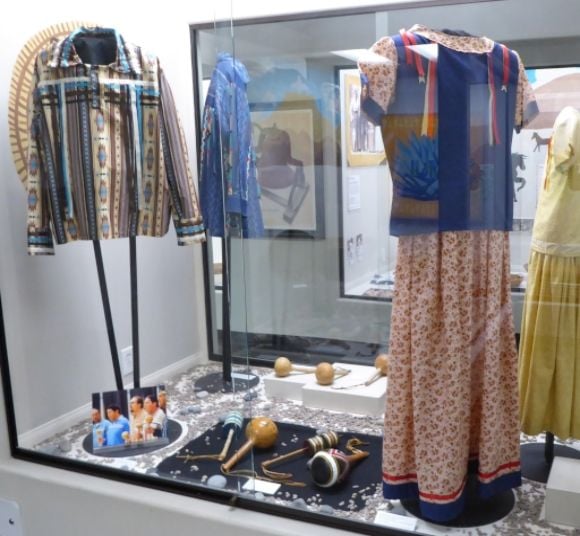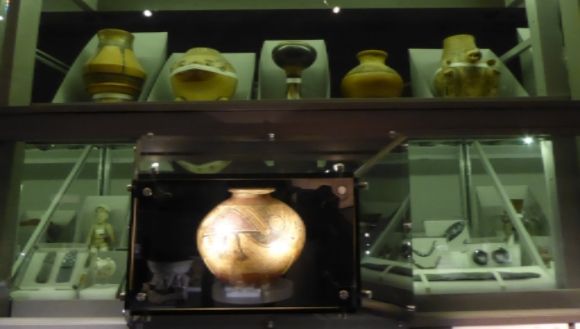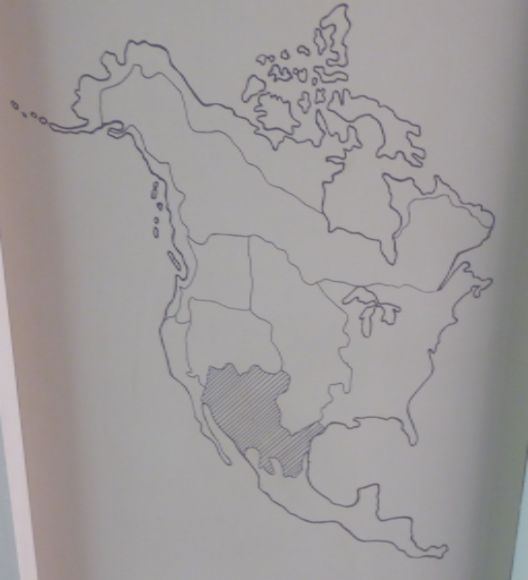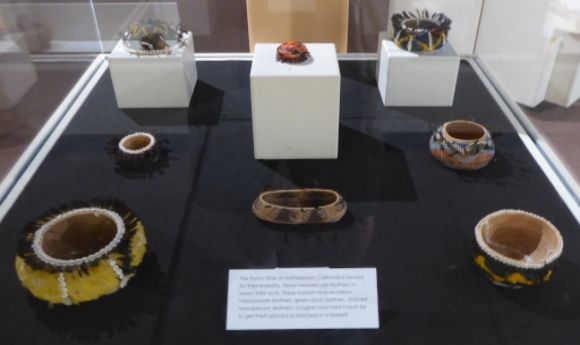Some Inuit Birds (Art Diary)
The Inuit are a Native American people whose homelands are in the Canadian Arctic. A special exhibit at the Northwest Museum of Arts and Culture in Spokane, Washington, featured The Inuit Art of Povungnituk. Povungnituk is a village on the eastern shores of Hudson Bay in Arctic Quebec. This artwork provides some insights into the … Continued
